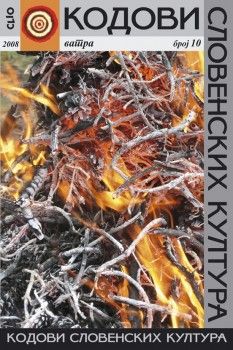
We kindly inform you that, as long as the subject affiliation of our 300.000+ articles is in progress, you might get unsufficient or no results on your third level or second level search. In this case, please broaden your search criteria.

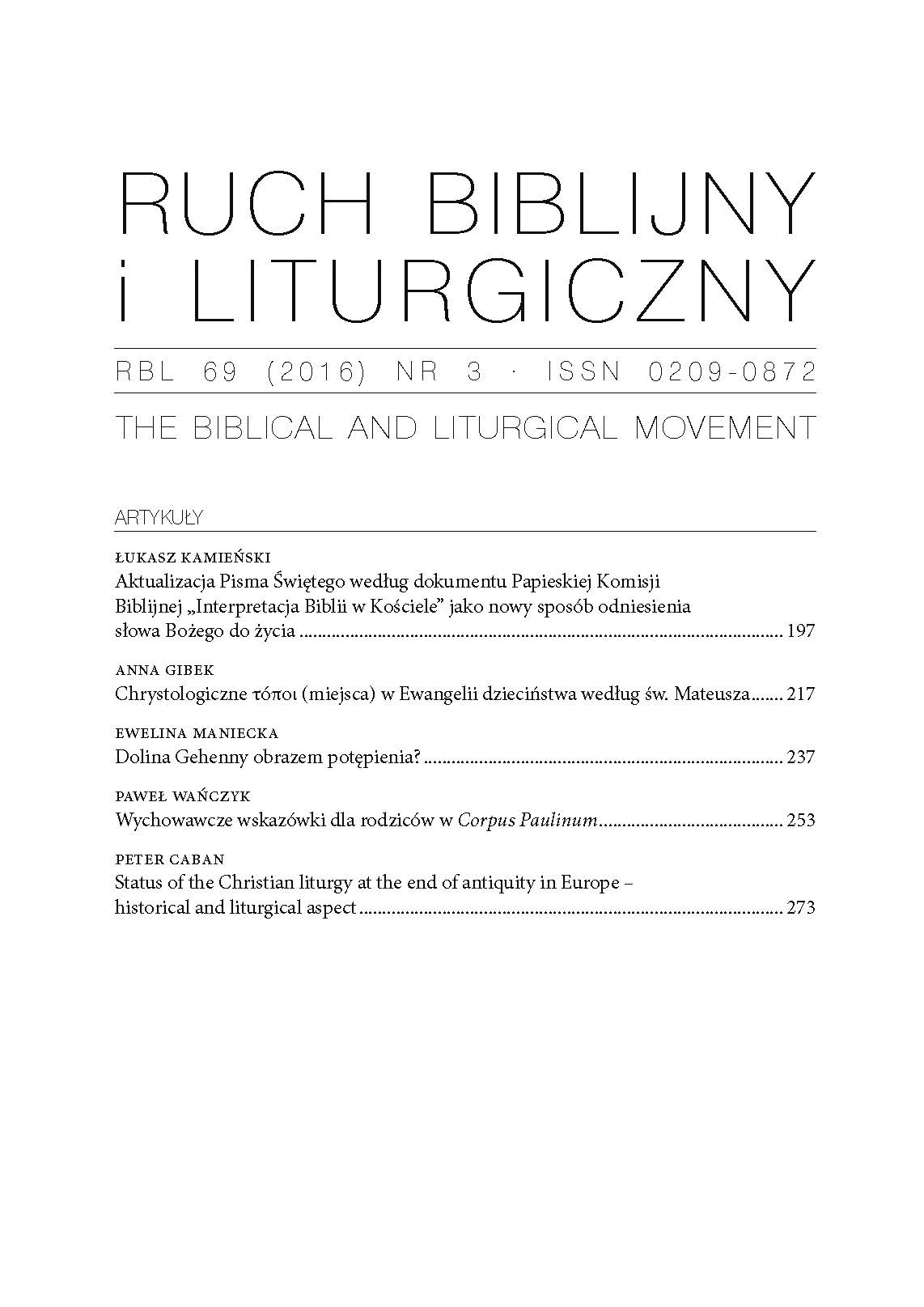
In the first centuries of Christianity the Holy Mass was celebrated once a day only, also on Sundays. From V century it became necessary to celebrate more Masses in the same day because communities expanded and their members weren’t able to participate together in just one Holy Mass. The Main Mass (High Mass) usually was established between 9 and 11 in the morning. This Mass offered for the parishioners was celebrated by a pastor very solemnly with festive singing. It had the best liturgical things, garments, aspersion and processions, along with a sermon followed by special prayers for the dead.
More...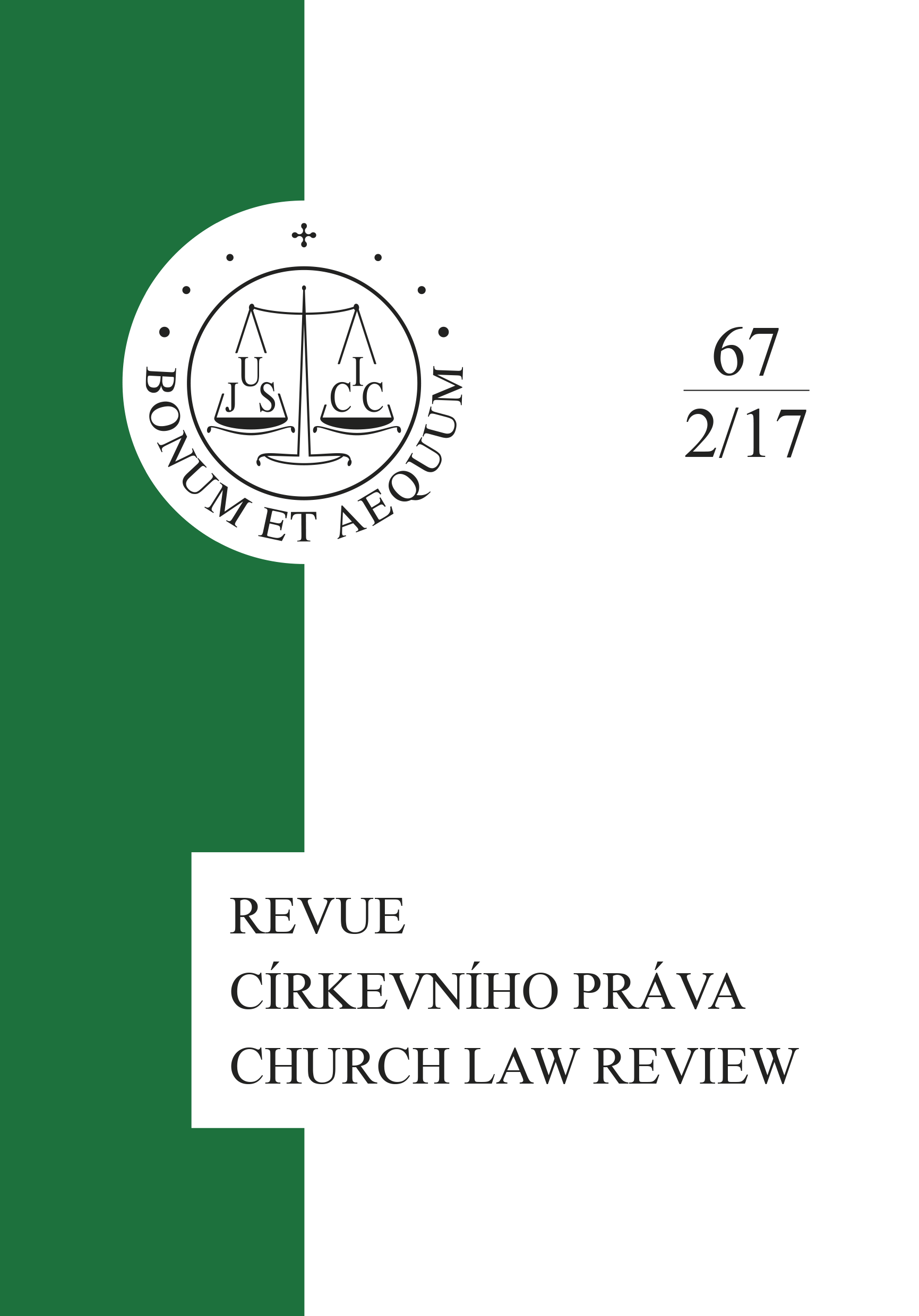

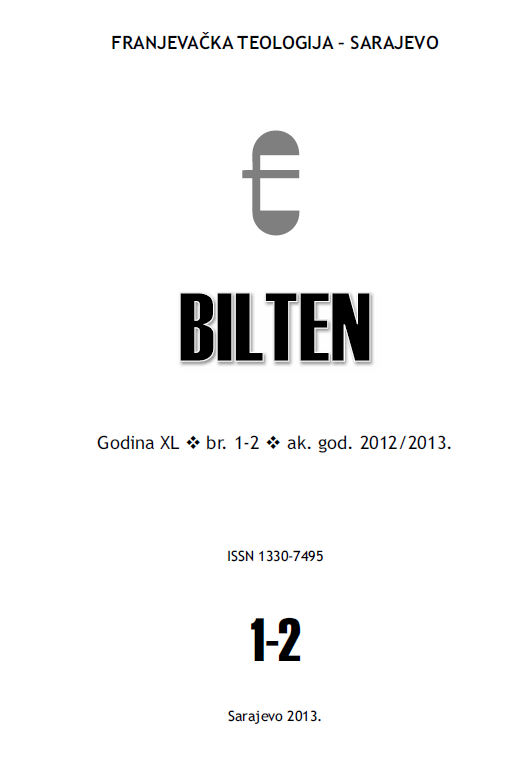
Je li Petar boravio u Rimu? Je li tu umro na križu ili negdje drugo na postelji? Uzdiže li se Bazilika sv. Petra s Berninijevim gigantskim brončanim svetohraništem nad Petrovim grobom? Ovo su nova pitanja – formulirana su u samo jednom stoljeću, a temeljno su dovela u pitanje svaku predaju. Među duhovnim osobitostima prosvjetiteljstva nalazi se i pokoja sklonost prema teorijama zavjera kao na primjer: Karlo Veliki nikad nije ni postojao, a tri stoljeća koja slijede iza njega plod su lukavosti otonskog klera koji je krivotvorio dokumente; ili, Shakespeare nije Shakespeare nego Francis Bacon ili Earl of Oxford; a tako je i Petrova smrt u Rimu svećenička obmana s ciljem utemeljenja moći i vlasti papinstva.
More...
Povodom 1700. godišnjice Milanskog edikta u Nišu organizirana je proslava ovog značajnog događaja za kršćanstvo. Prisjetimo se da je Milanski edikt donesen od cara Konstantina 313. godine u gradu Milanu čime je prekinuto proganjanje kršćana od državne vlasti, te je dopušteno kršćanima da javno i slobodno ispovijedaju svoju vjeru. Geslo proslave Za slobodu oslobođeni najbolje pokazuje da je ovim dokumentom zagarantirana sloboda kršćanima.
More...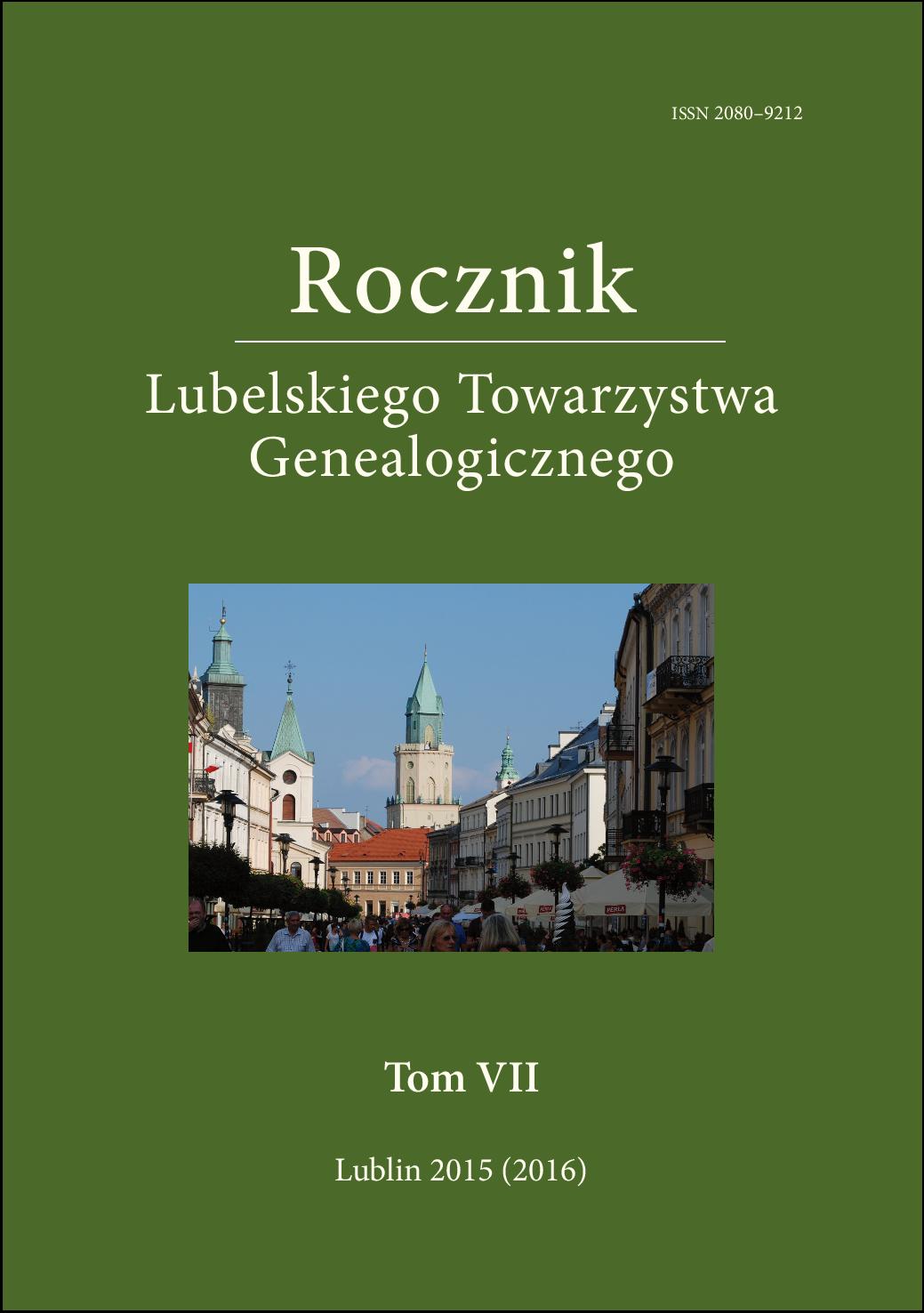
Te present material may be a contribution to genealogical research. It concerns the period of the Second Polish Republic and is conserved in the archive of Roman Catholic Parishin Shchuchyn, Belarus. Te parish is conducted by fathers Piarists and belongs to Piarists’ Polish Province. After the liquidation of the college in the 19th century, Piarists came back to Shchuchyn in the 1920's and conducted the parish until the autumn 1939, but they did not manage to open a school in Shchuchyn, which is the main aim of the order. There fore,they focused on priestly work with the youth and adults, the proof of which is among others the document concerning the activity of the Guard of Honor of the Sacred Heart of Jesus.Te preserved document contains the list of members from the years 1928-1934,information about residences was placed next to many names. Certainly, this list can be very interesting especially for those persons whose families come from the borderlands of the Second Republic and because of that they conduct genealogical research and try to write down the history of their families.
More...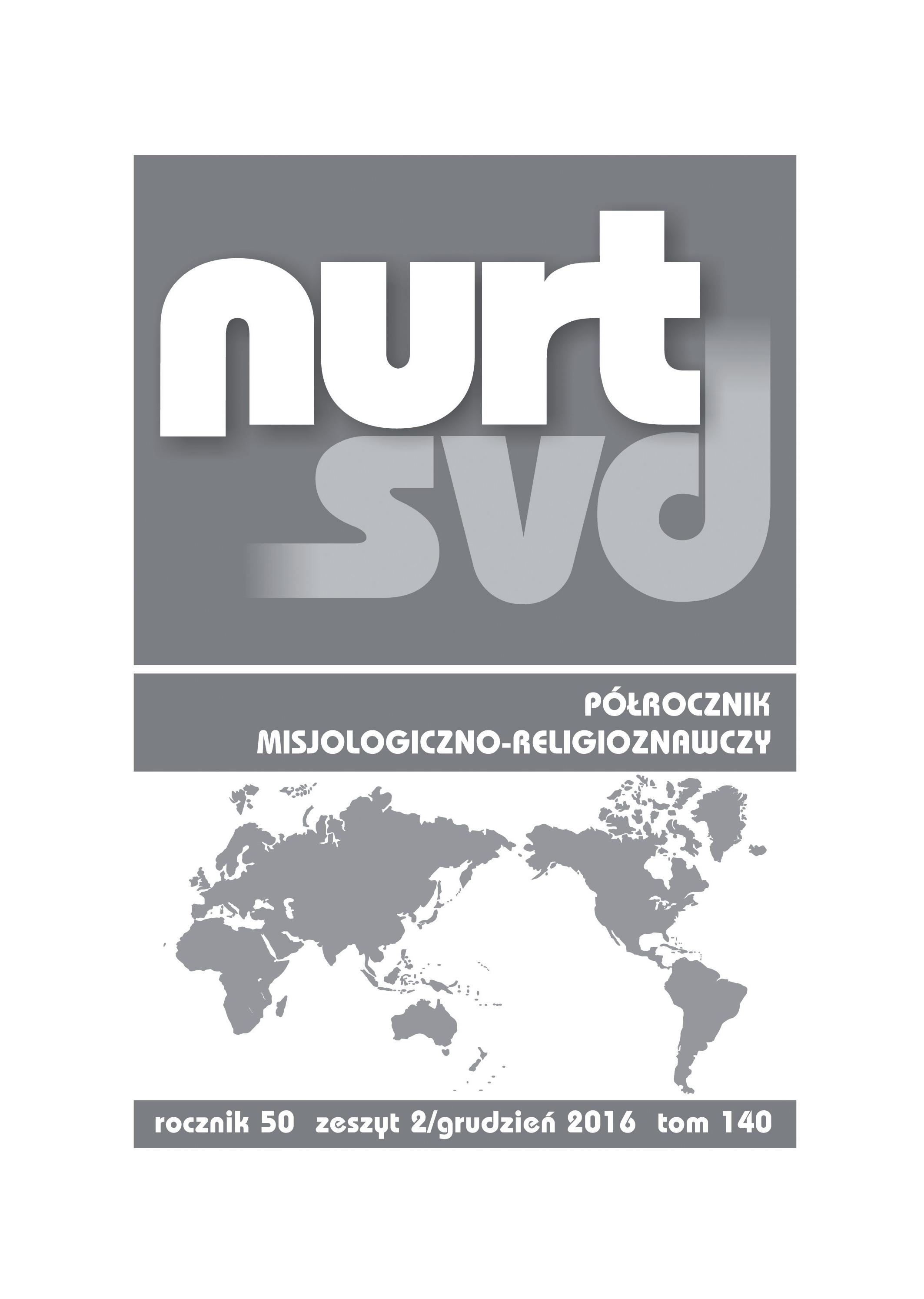
This article focuses on the outsiders' contribution to the strengthening of the Indian civilisation in its ethnic richness and variety. In this respect the life contribution of two German missionaries is described in more detail - Fr Christopher Becker SDS, who served as the Apostolic Prefect of the Catholic Mission of German Salvatorian missionaries in Assam from 1905 to 1915, and the work and struggles of Fr John Baptist Hoffmann SJ to secure the land title, livelihood and cultural heritage of the tribes in the Jesuit mission in Chotanagpur from 1893 to 1915, the year in which all German missionaries were expulsed from British India.Christopher Becker SDS was highly learned in the cultural anthropology, linguistics, geography and botany of India, especially its northeastern regions. His work The Catholic Church in Northeast India 1890-1915 is an invaluable source of information on the history and culture of the native people of Assam. It demonstrates the positive role of the Catholic missionaries as promoters of education and protectors of the rich cultural heritage of the northeastern Indian indigenous population.John Baptist Hoffmann SJ was one of the most outstanding missionaries and defenders of the cultural heritage of the tribal societies in Chotanagpur in Eastern India. He worked tirelessly for a more just society through provision of better education and reform of oppressive local customs among the indigenous Munda (Adivasi) people in Chotanagpur. He was also a notable researcher on the ethnography and lingustics. His monumental, 16 volumes Encyclopaedia Mundarica contains the accummulated knowledge on the whole culture and civilisation of the Munda people.
More...
Missionary endeavours of the Russian Orthodox Church in the 19th century went far beyond the frontiers of the Russian Empire. It reached even Japan, especially once the country abandoned its policy of isolationism, the sakoku. The foundations were laid by archbishop Nicholas Kasatkin and his assistant, later the Patriarch of Moscow and all the Rus, Siergius Starogordsky. The organisational structure of the church built by the Russian missionaries survived till this day. The essay examines the needs, expectations and development of the orthodox communities in Japan and the methods used by those two missionaries in their work. The largest part of the essay is devoted to the analysis of their preaching and leadership skills.
More...
One of the most fascinating episodes of the Second Vatican Council is the history of the decree Ad gentes. Various mission commissions were working on it for four years. They came up with six different versions, the last of which was rejected on 9 November 1964. Fashioning the decree was made possible by the victory of the reformist wing within the Council, represented mainly by the bishops from the missionary territories and the superiors of the missionary orders. Among them was the chief architect of the decree, Fr Johannes Schutte, superior general of the Divine Word Missionaries (SVD), friend of cardinal Josef Frings of Cologne. Thanks to the support of the missionary bishops, he became the promoter of the missionary document. Fr Schutte enlisted to the editorial subcommittee on the decree, working in Nemi, the best experts, like Y. Congar and J. Ratzinger.
More...
The 50th anniversary of the publication of the decree Ad gentes (1965-2015) reminds us of the dynamic changes that have taken place during all those years in the understanding of the Christian missionary work. The author of this essay demonstrates how the paradigm shifts in the theology of mission were accompanied by the recurring question about the purposefulness of the missionary work of the Church. The post-conciliar documents - Redemptoris missio (1990), Theology today (2011), Evangelii gaudium (2013), Laudato si' (2015) - corroborate his thesis. According to the "great debate" between the missiological schools the central purposes of mission is proclamation and formation of the churches. Other purposes include inculturation, interreligious dialogue and those activities that foster the holistic development of man. The encyclical Redemptoris missio opens the Church to the "vast horizons of the mission": migrations, secularisation of societies, religious indifference, and fading away of piety and hope among believing Christians. Since Vatican II the theology of mission has been firmly set in the trinitarian theology. The missionary mandate (cf. Mt 28:19) is an invitation to participate in the communion between the Persons of the Holy Trinity (see AG 2; RM 23). The author of the essay proves that the post-conciliar renewal of the Church's mission continues. A synthesis of its outcomes and their active implementation may help us to rekindle the optimism of the council.
More...
John C.H. Wu (born on 28 March 1899 in Ningpo, China, died in 1986) was an exceptional man. A spiritual teacher and a philosopher of law and lawyer himself, he converted first to Protestantism (in 1917), when he was yet eighteen, and then, twenty years later, to Catholicism. Leaving out his newfound faith was far from easy for him in the beginning. He went through a number of spiritual crises during his several stays in USA (1920-1921, 1923-1924, 1929-1930), but particularly in the 1930s. His spiritual journey spanned East and West, focusing on overcoming many different contradictions: Christianity (Catholicism) versus Chinese religions (Daoism, Buddhism, Confucianism); human vs. divine; natural vs. supernatural; old vs. new. His conversion led him to argue, on intellectual grounds, that divine supersedes human, universality is superior to particularity, and man’s spirituality crosses the borders between East and West. John C.H. Wu draws an analogy between Old and New Testaments and old Chinese tradition: what for Jews was the former, the latter was for him. This was his key to understand the religions of China. To him, they were his teachers that led him to Christianity.
More...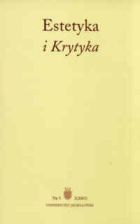
The situation of Jews under the rule of Sasanians differed considerably to the situation in times of Arsacids, who looked kindly on Jewish society. The main reason for that were different aims of Persian policy, which didn’t need such a big support of local societies. In consequence, they were persecuted by the state and had to face its official religion – Mazdaism. Although our historical records are very limited in that case, in Author’s opinion, in the Sasanians Empire, circumstances could have been favourable enough for arising of the Jewish Anti-Gospel, maybe even from the Persian’s inspiration. The first moment could be dated for the reign of Shapur II, especially during the wars with Romans, the second in reign of Yezdegard I. The question however needs further research.
More...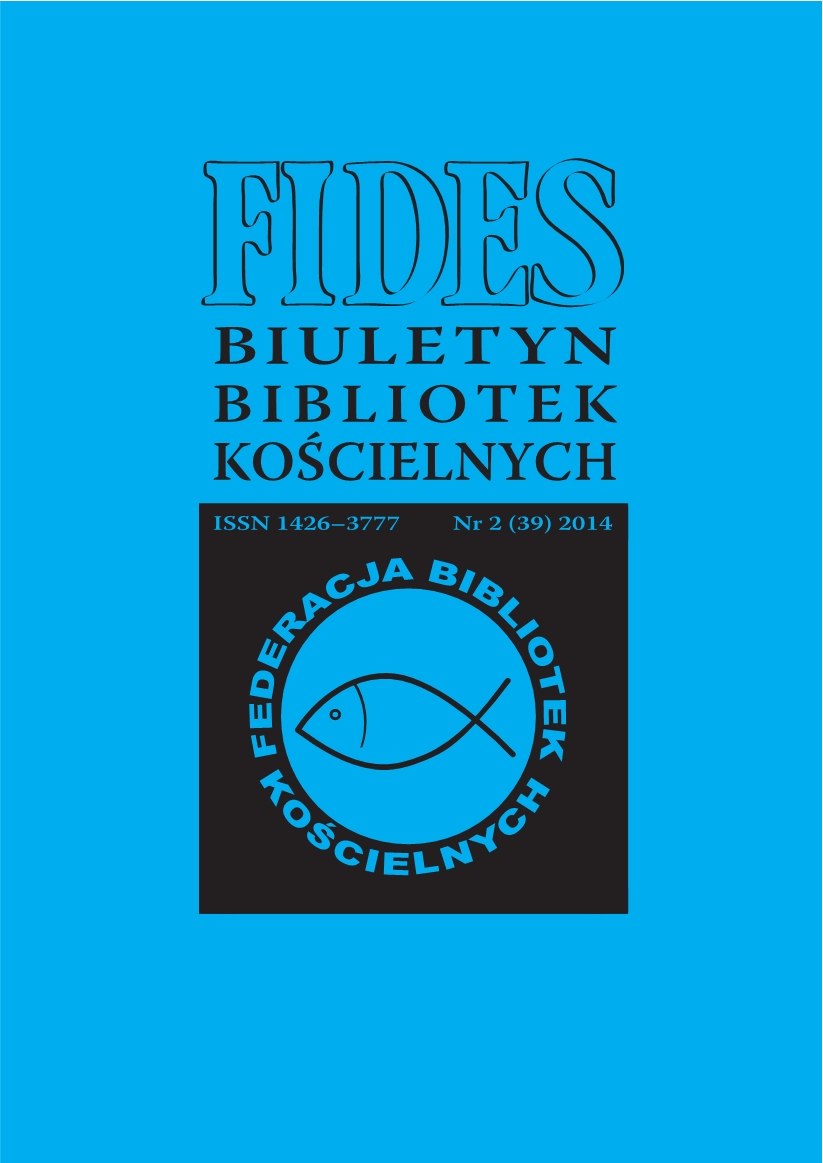
The present paper relates to the Polish liturgists exhibition and symposium that took place in Olsztyn, September 2013. It presents in short antique liturgical books from 15th to 18th century from the collection of the Library „Hosianum”, with particular emphasis on native missals, breviaries, agendas and rituals published by Warmia bishops: Łukasz Watzenrode, Marcin Kromer, Michał Radziejowski and Krzysztof Szembek.
More...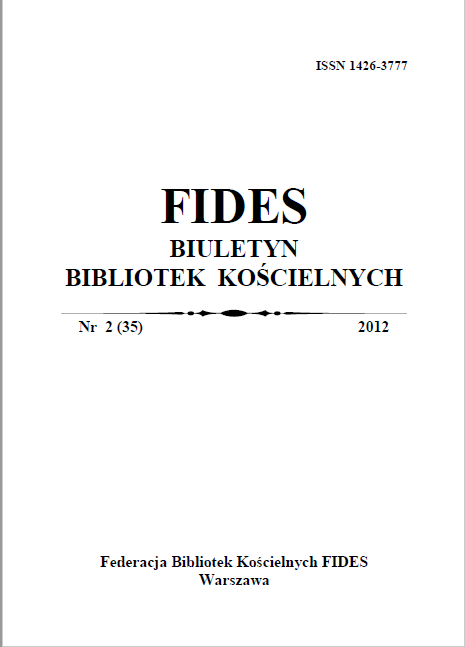
Alcalá de Henares, wpisane w 1998 roku na Listę Światowego Dziedzictwa UNESCO, jest jednym z najstarszych miast Hiszpanii. Zwiedzających przyciąga zachowanymi zabytkami kultury rzymskiej, muzułmańskiej, a nade wszystko historyczną i artystyczną spuścizną kultury kastylijskiej z XV-XVII wieku. Bardzo długa tradycja uniwersytecka sprawiła, że często jest nazywane miastem wiedzy.
More...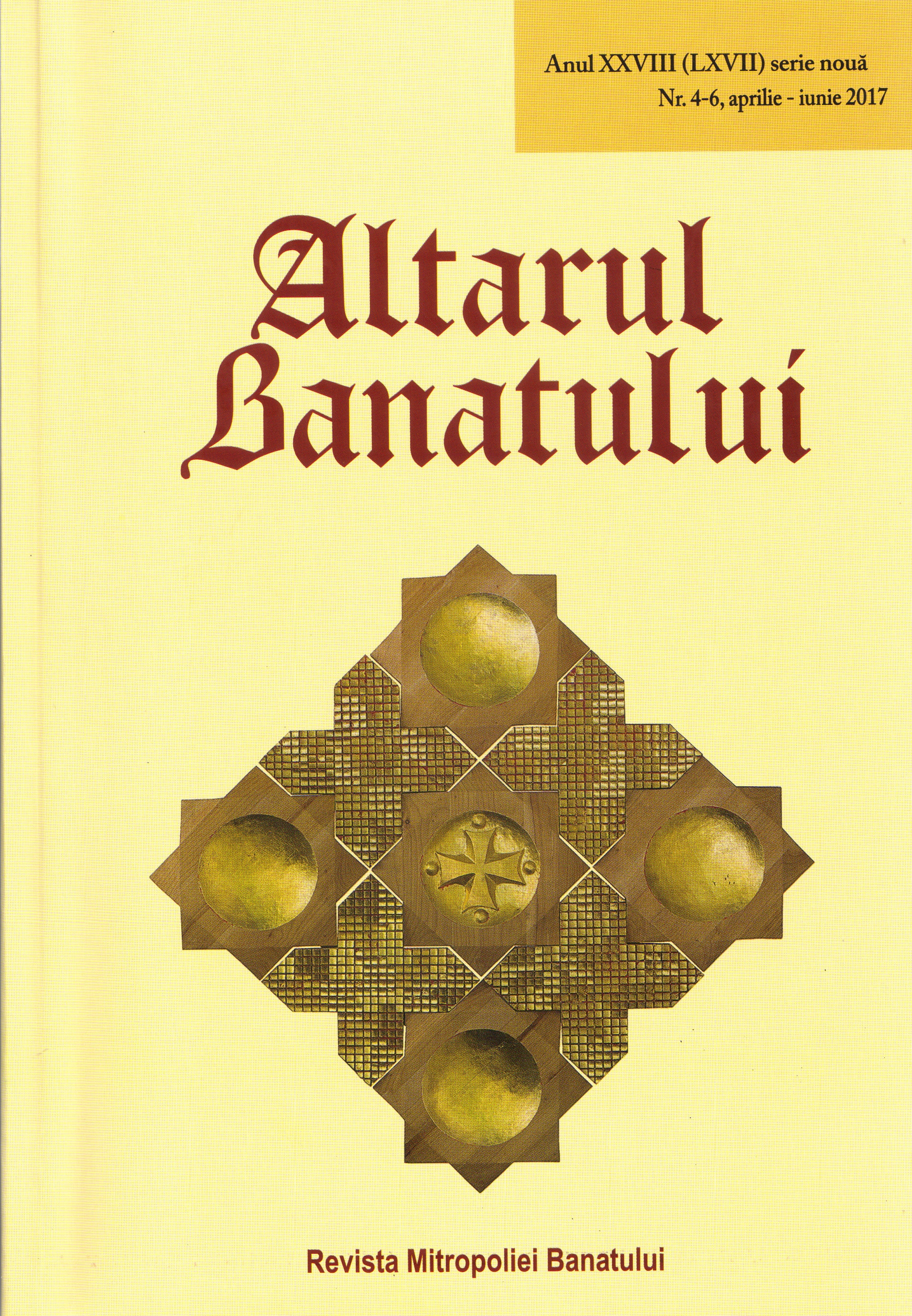
Banat was a contact bridge between the Central Europe civilisation and South-East, developed over the centuries its own specific with distinct ethnical, cultural and spiritual particularities. During the 1716-1718 war, Banat was occupied by the Austrian army and acknowledged as imperial province by the Passarowitz peace treaty (1718). Timisoara pashalic was abolished. Incorporated in the Habsburg Empire, Banat held a particular position at the joint of peripheral Europe, newly acquired on the continent, with classical Europe, between the East-Balkan space and the West-Central European one, gravitating towards the South area, within the permanent oscillation of Europe between North and South.
More...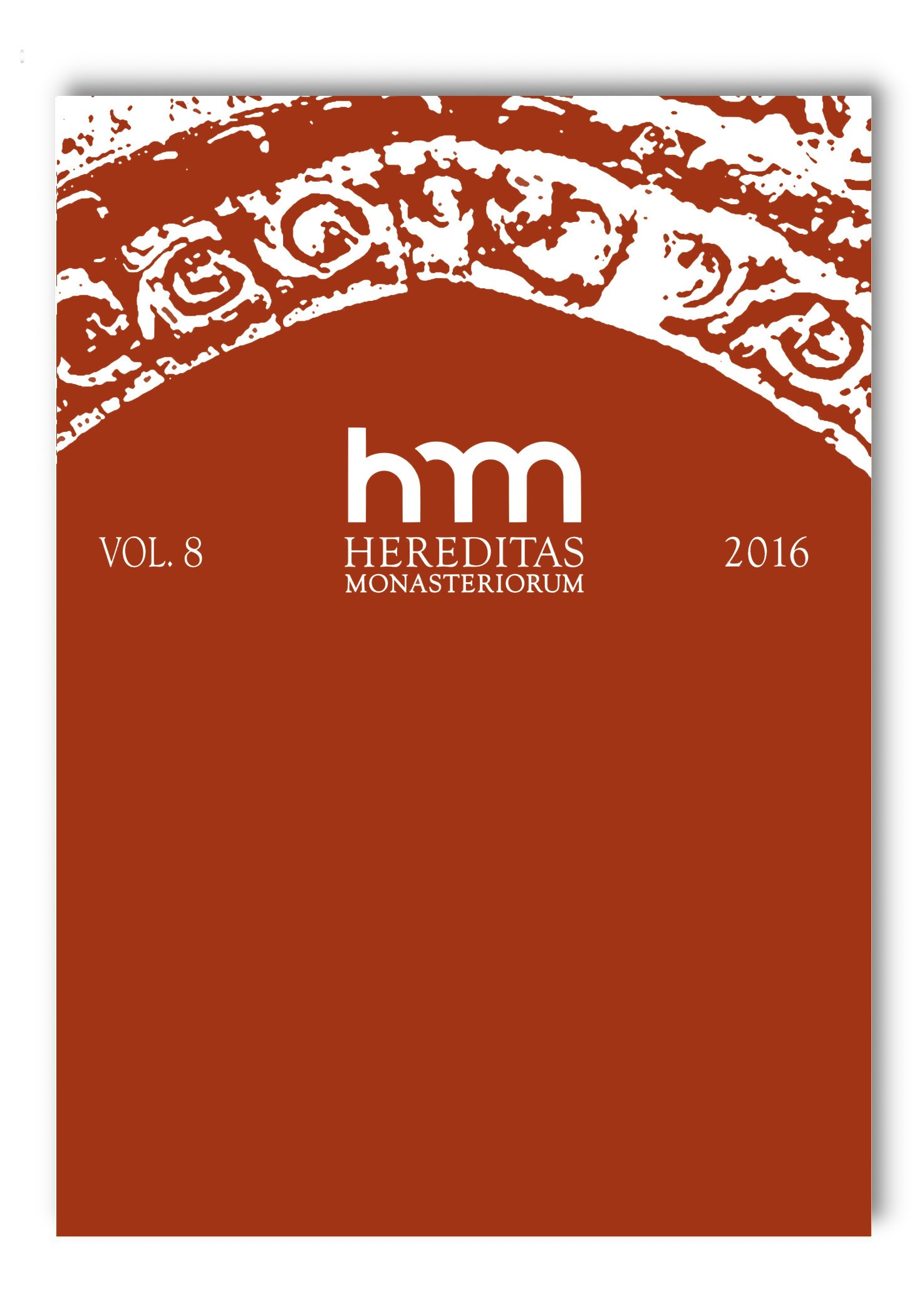
Monasteries of the Canons Regular of St. Augustine were subordinated to the jurisdiction of diocesan bishops; there were no bonds on an ecclesiastical-administrative level and central control of the order was absent. The absent formal legal bonds were replaced to some extent with confraternal bonds, through which canonries formed a liturgical and prayer community. The author presents an unpublished document by the provost and monastery of Canons Regular of St. Augustine in Prostějov dated 29 November 1403 and addressed to St. Mary’s Monastery in Wrocław. The document, kept in the State Archives in Wrocław, does not differ from other documents written in the Roudnice circle of monasteries of Canons Regular of St. Augustine; it bears a textual similarity to most of the other documents.
More...
The article is a general overview of source documents which have survived to this day and which illustrate the various areas of the monastery’s activity. The foundation documents constitute a valuable source for the study of the history of the monastery and monasticism in the region. The time and place of the compilation of the reports and the register as well as biographies of the compilers are known. The author of the article carries out a comparison of the visitation reports for different years in order to determine changes in the status of the monastery, and to determine the course of its dissolution. In addition, he distinguishes and provides a general description of the structural parts of the documents. On the basis of the visitation reports he reconstructs the layout of the monastery buildings. We can be certain as to the monastery’s sources of income. The article also contains a typology of financial and property-related documents. Information from the reports is confronted with information from other documents, in particular inventory descriptions. The sources presented in the article constitute valuable material for the study of the history and culture of Basilian monasteries.
More...
The first part of transliterations of records concerning the painting collection from the Royal Museum of Art and Antiquities in Wrocław, brought together in one bound volume by Johann Gustav Gottlieb Busching (1783–1829) and currently kept in the Manuscript Department of the Wrocław University Library as Busching. Verzeichnisse die Gemalde Sammlung betreffend (no. Akc. 1948/862), was published in the previous volume of “Hereditas Monasteriorum”. We are now publishing the second and final part encompassing the remaining leaves from the bound volume, which originated in 1811–1822 (with additions from 1929). The documents concern a collection of paintings kept in the University Library in Wrocław, which at that time was located in the former Monastery of Canons Regular of St. Augustine on the Sand Island. The paintings were part of the royal collection and came mainly from Silesian monasteries dissolved by the edict of the King of Prussia, Frederick William III, of 30 October 1810. Painting was entrusted to Busching, who added works selected during the secularisation to the painting gallery opened at the university on 29 June 1815. This was the first museum in Wrocław regularly making its collections available to the public once a week. The exhibition, encompassing several hundred paintings, was divided by Busching into three main thematic parts: Medieval and Renaissance painting from German-speaking countries, European painting, and works of the Silesian Baroque master Michael Leopold Willmann (1630–1706). The most extensive of the records in the volume are two inventories of paintings from the Royal Museum of Art and Antiquities in Wrocław of 22 March and 19 October 1821. The following leaves contain tables, correlated with the inventories, which sum up the decision to reduce the painting gallery holdings in 1821. Another table in the volume contains a price list of the various painting themes. The volume ends with a list containing information about the origin of the works exhibited in the gallery.
More...
The bull Ex imposita Nobis, issued on 30 June 1818 by Pope Pius VII, was a response of the Holy See to earlier drafts sent to it by the Government Commission for Religious Denominations and Public Enlightenment. It provided for an abolition of simple benefices and reduction of the number of chapter members by half, reform of monasteries and establishment of new diocesan boundaries. The pope appointed the Bishop of Cuyavia and Pomerania, Franciszek Skarbek-Malczewski, Archbishop of Warsaw since 2 October 1818, his apostolic delegate and executor of the bull. After familiarising himself with the financial situation of religious orders, on 22 February 1819 Archbishop Malczewski submitted to the Commission a financial report, separately for each diocese, and indicated eight monasteries that could be suppressed. The property of several monasteries was to be partially suppressed and several monastic houses were to be merged. In early March 1819 the primate sent a report to the Holy Father on the execution of the bull Ex imposita Nobis, in which he pointed to the difficulties involved in the suppression and said that he would not be able to report on its completion for a long time to come. The archbishop’s illness enabled Stanisław Kostka Potocki, the minister for religious denominations, to act. The minister realised that the primate would not agree to a general dissolution (excluding only mendicant orders). Yet he could not exclude Malczewski completely from the management of the former monasteries’ property. That is why in early April 1819 he persuaded the archbishop to agree to the establishment of a Deputation for the management of the property of former monasteries, with the archbishop being one of its members. Potocki enlisted Father Szczepan Hołowczyc, appointed bishop of the newly established Diocese of Sandomierz, to formulate new assumptions for the suppression decree. Hołowczyc undertook the task, although he had not been authorised by the pope to act in this manner. On 17 April 1819 Primate Franciszek Skarbek-Malczewski, on his deathbed, signed a suppression decree submitted to him, putting an end to the existence of 25 male and 5 female monasteries.
More...